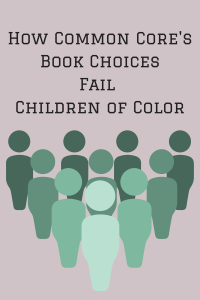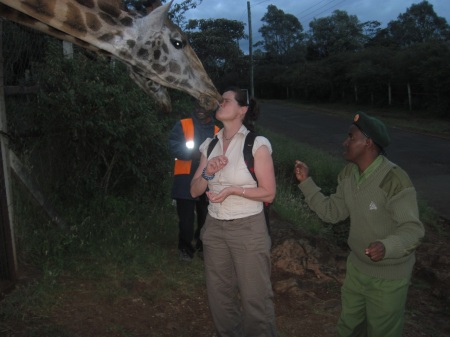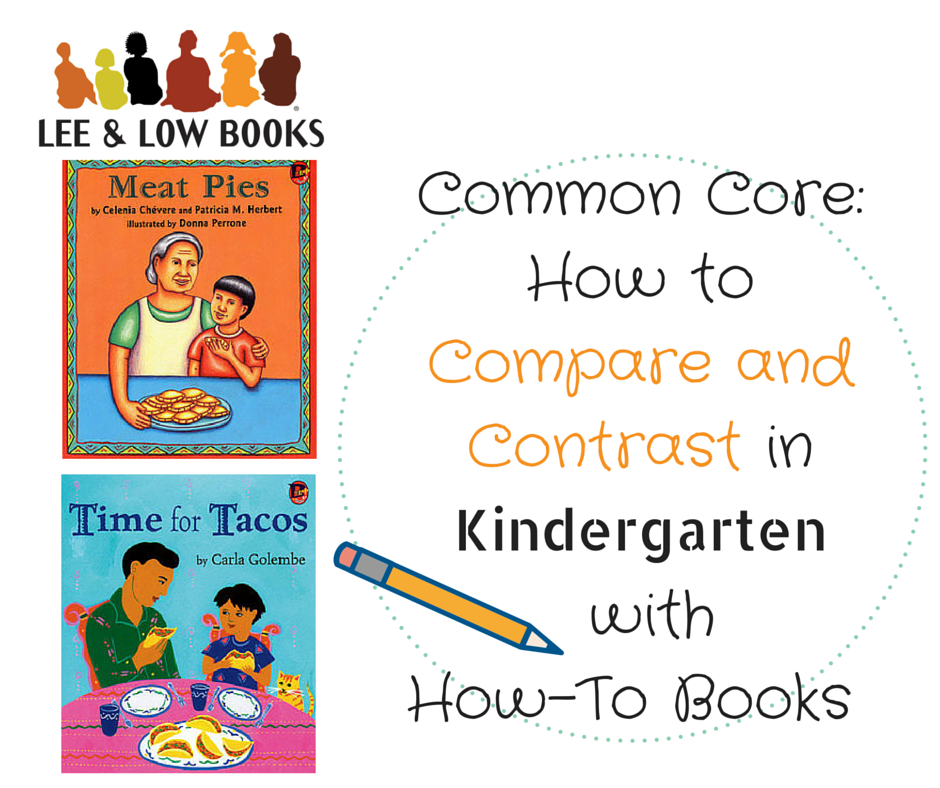 The following post by bookseller Melissa was cross-posted with permission from her blog, Scuffed Slippers and Wormy Books. Thanks to Melissa for allowing us to share her perspective!
The following post by bookseller Melissa was cross-posted with permission from her blog, Scuffed Slippers and Wormy Books. Thanks to Melissa for allowing us to share her perspective!
Fall has (almost) arrived. Cool weather, pretty fall color, yummy drinks composed of apple cider or hot cocoa, and I get to wear scarves (I like scarves as an accessory).
And standardized testing, if you are or have a school-age child.
In my area of the country, it seems school districts have chosen testing that calculates a Lexile score for a child’s reading level with an associated score range. Lexile is a company that uses a software program to analyze books for word usage, sentence length, etc. and produce a Lexile Text Measure for each book (I copied the description from the Lexile Analyzer site):
The Lexile ® measure of text is determined using the Lexile Analyzer ®, a software program that evaluates the reading demand—or readability—of books, articles and other materials. The Lexile Analyzer ® measures the complexity of the text by breaking down the entire piece and studying its characteristics, such as sentence length and word frequency, which represent the syntactic and semantic challenges that the text presents to a reader. The outcome is the text complexity, expressed as a Lexile ® measure, along with information on the word count, mean sentence length and mean log frequency.
Generally, longer sentences and words of lower frequency lead to higher Lexile ® measures; shorter sentences and words of higher frequency lead to lower Lexile ® measures. Texts such as lists, recipes, poetry and song lyrics are not analyzed because they lack conventional punctuation.
I’m not a huge fan of putting a “score” on a book based simply on a computer generated metric because the software doesn’t take into account context or content of a book. Or form, cf poetry. But this seems to be accepted by the educational powers-that-be, so it’s here for the time being. However, I don’t know how well or often the scores are explained to parents, because I wind up in a lot of parent-bookseller conversations like this:
Parent: My child has a Lexile score of XXXX. She has to read books in the range of XXXX-XXXX. Will this work?
Continue reading →





 Over the past several weeks, I have demonstrated what compare and contrast can look like in
Over the past several weeks, I have demonstrated what compare and contrast can look like in 